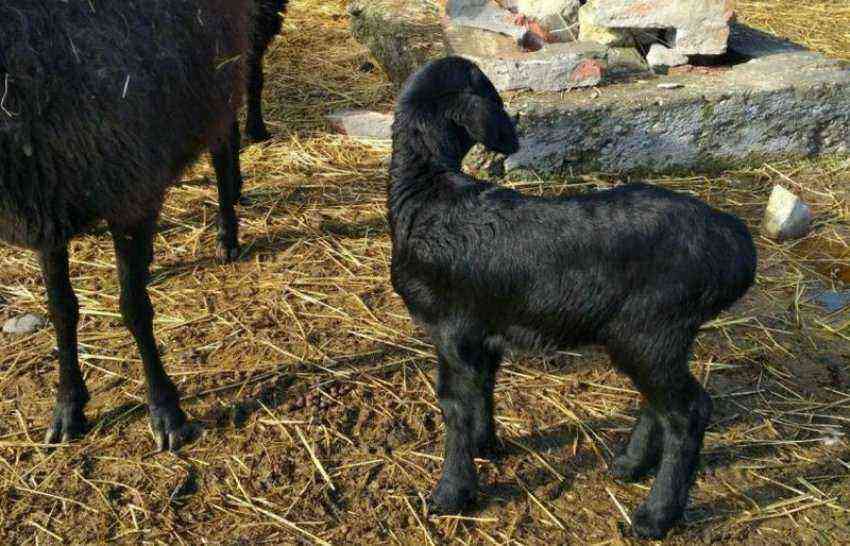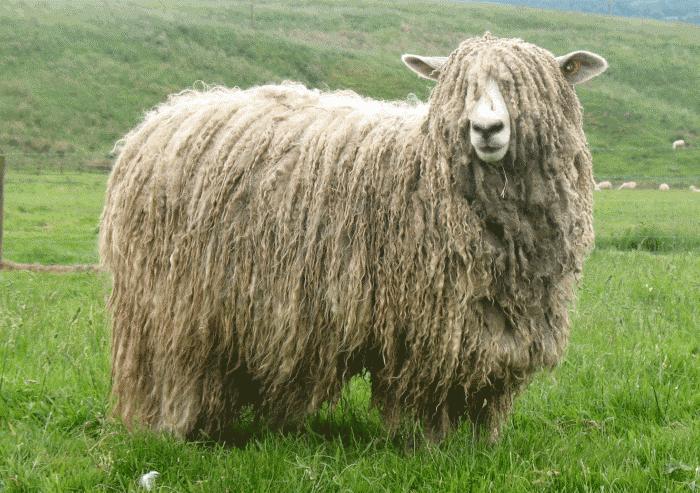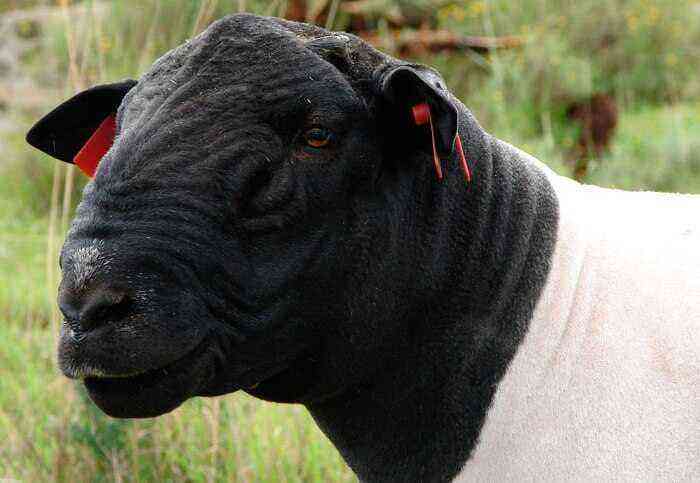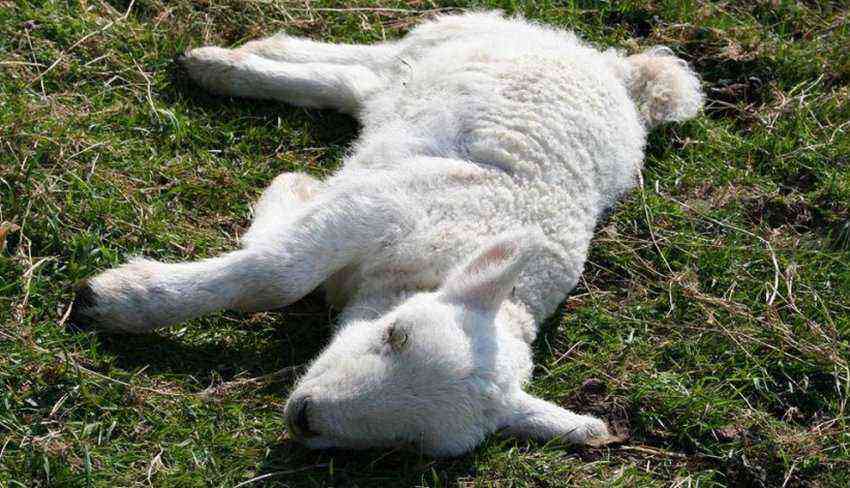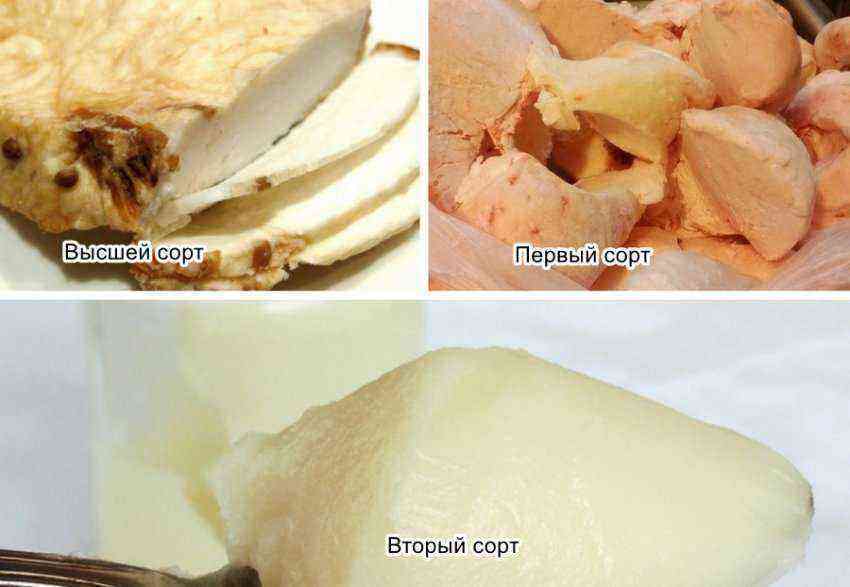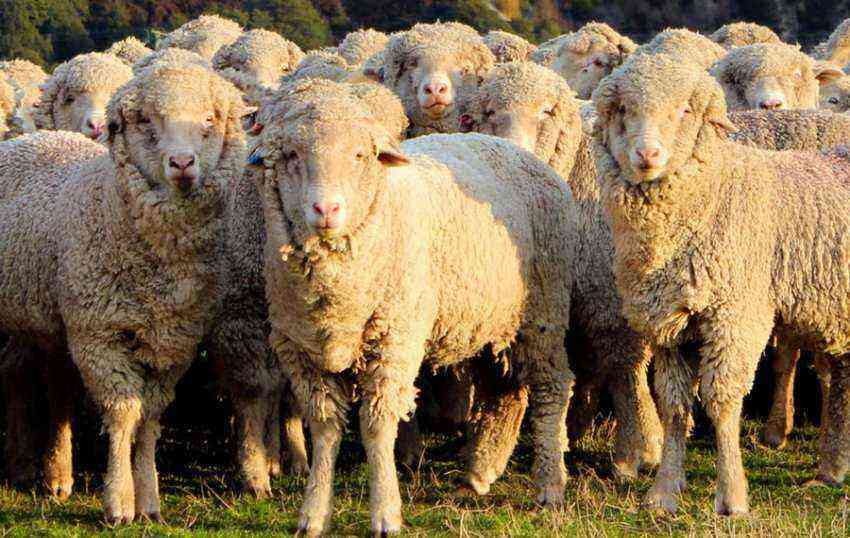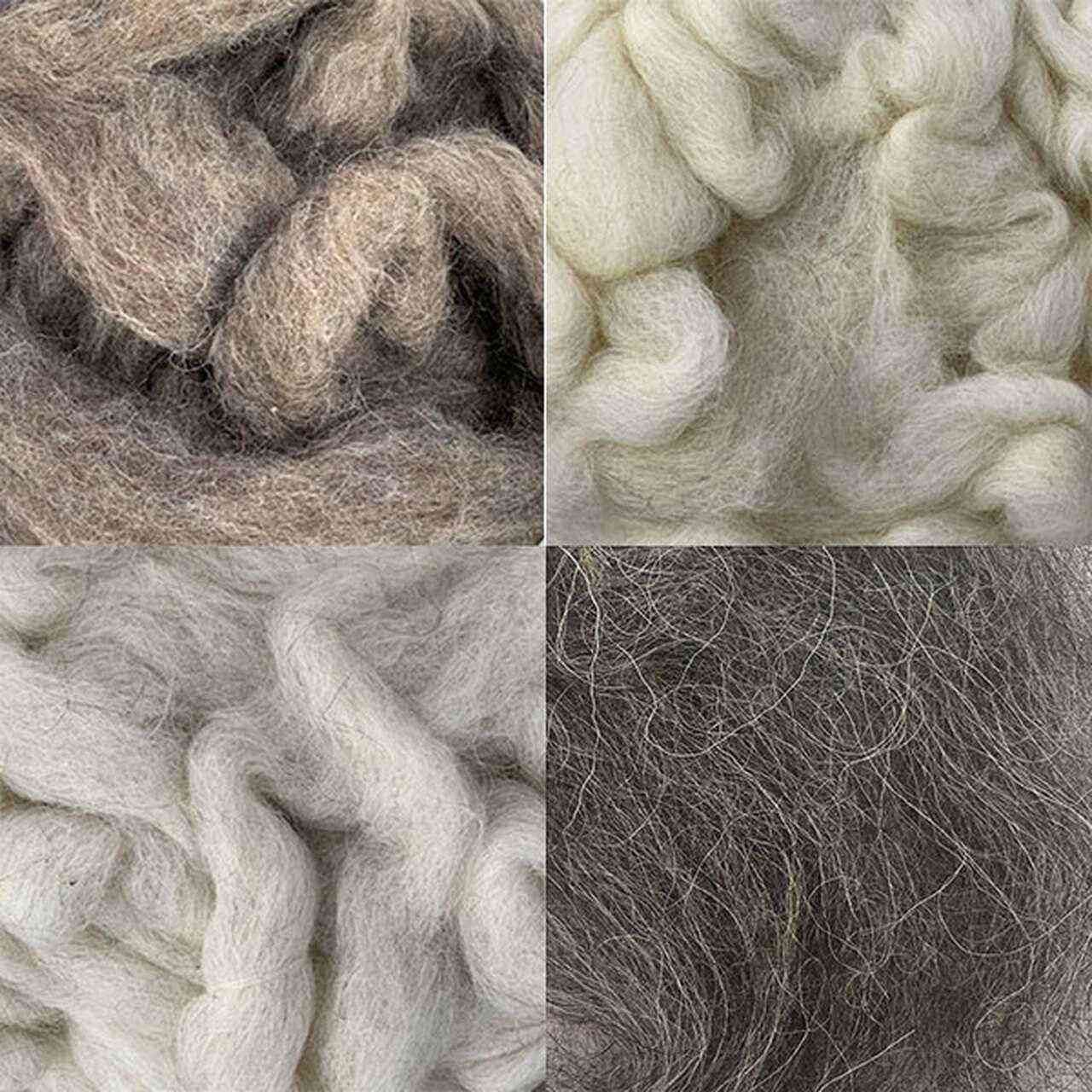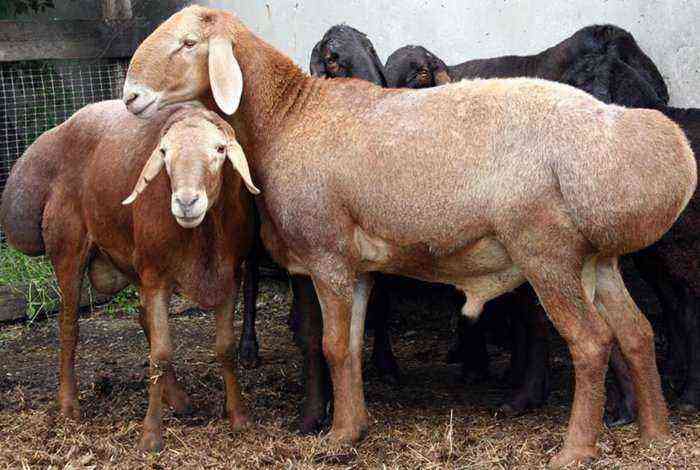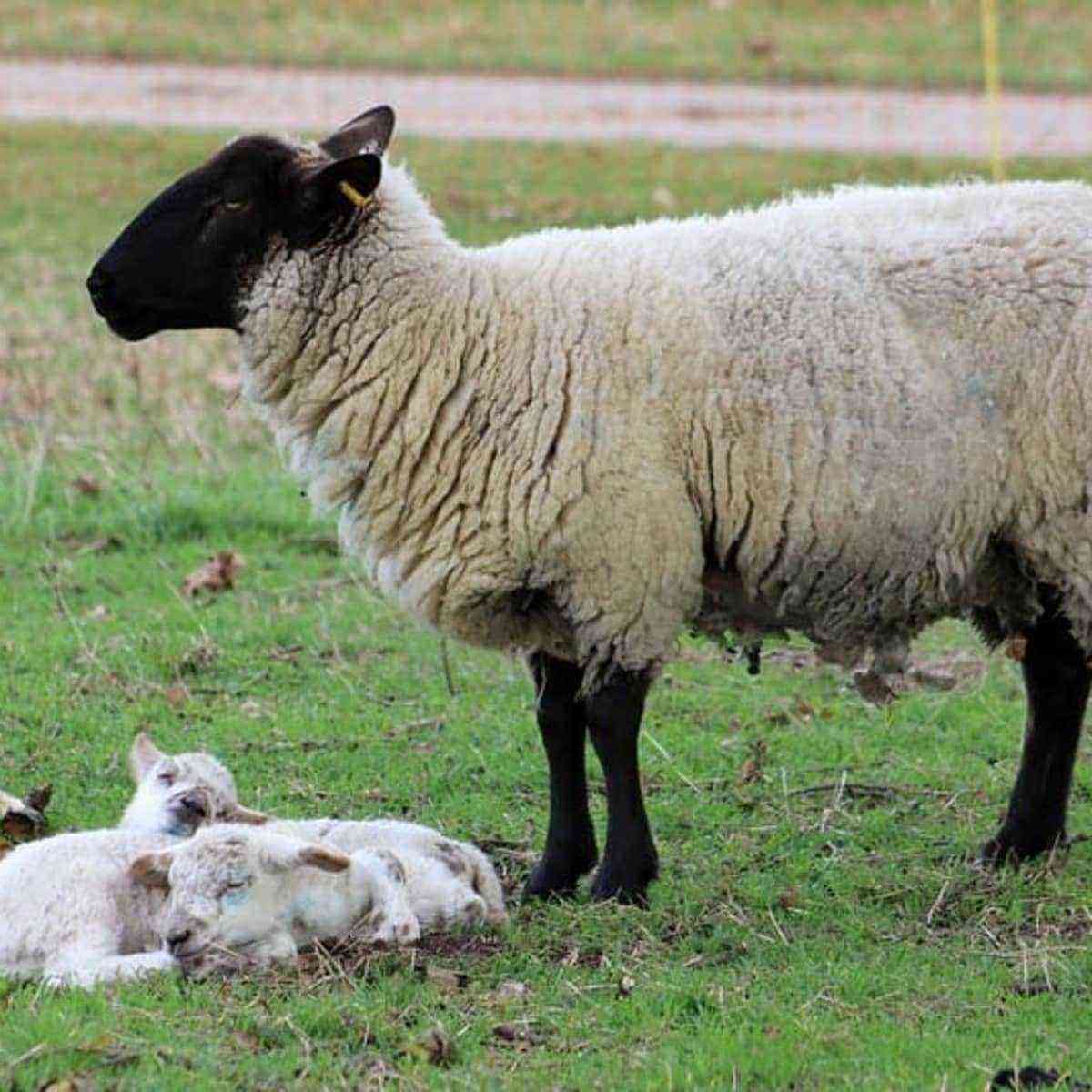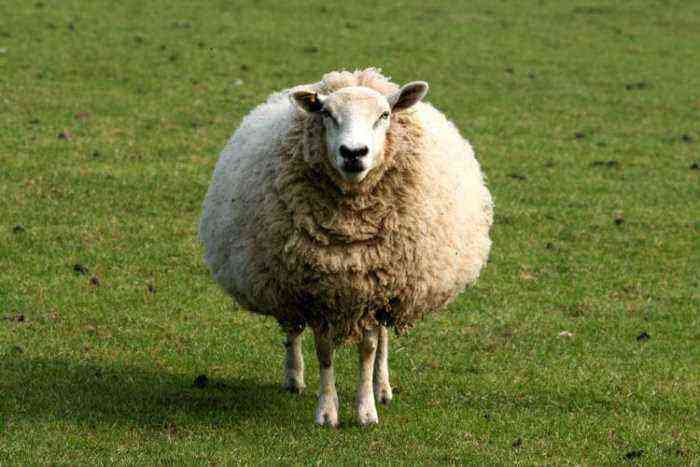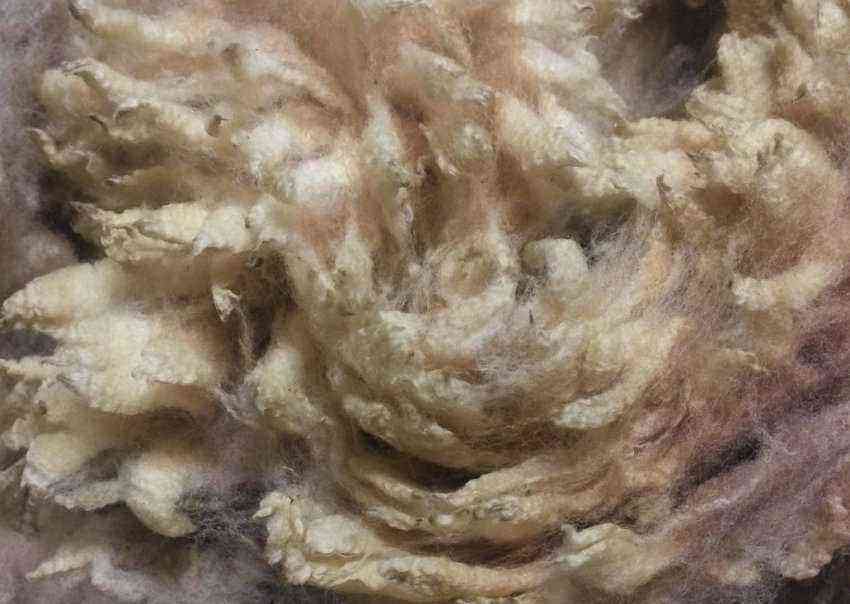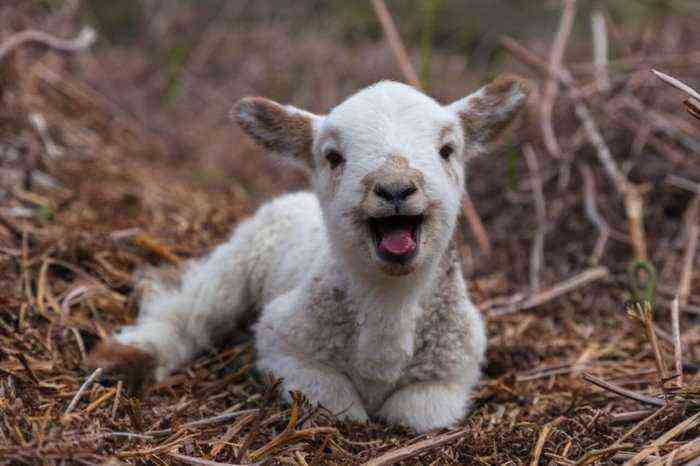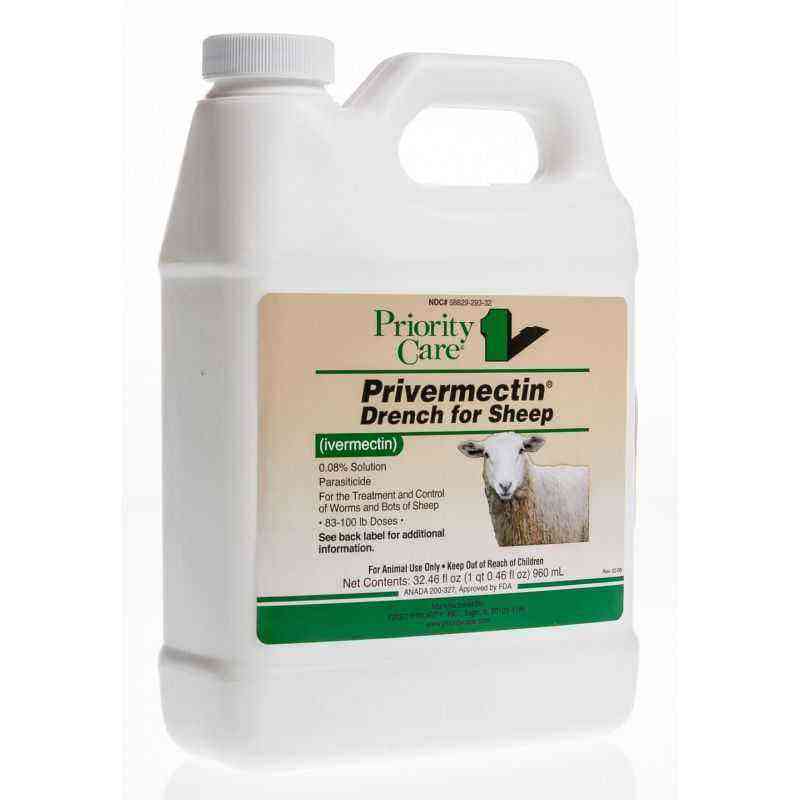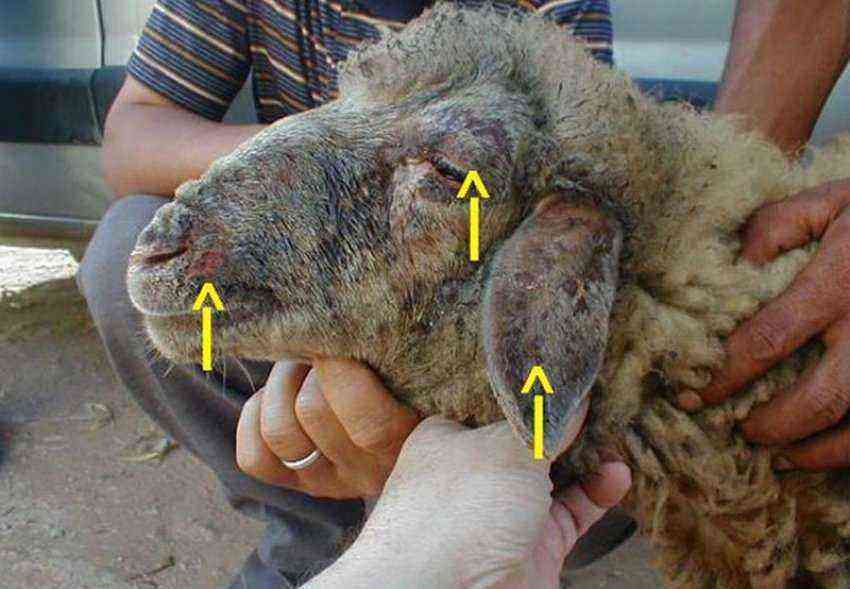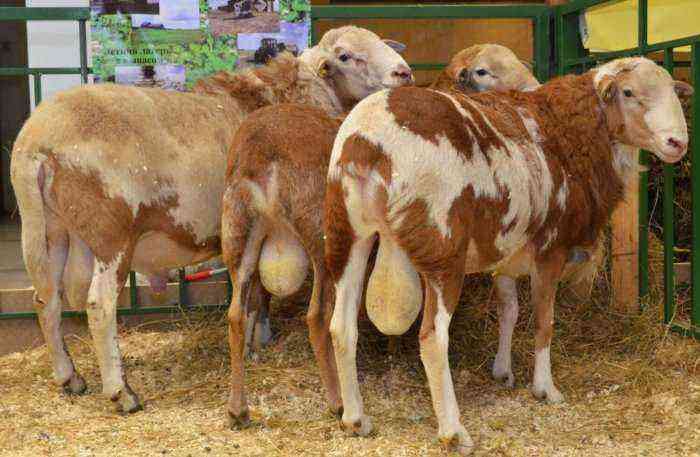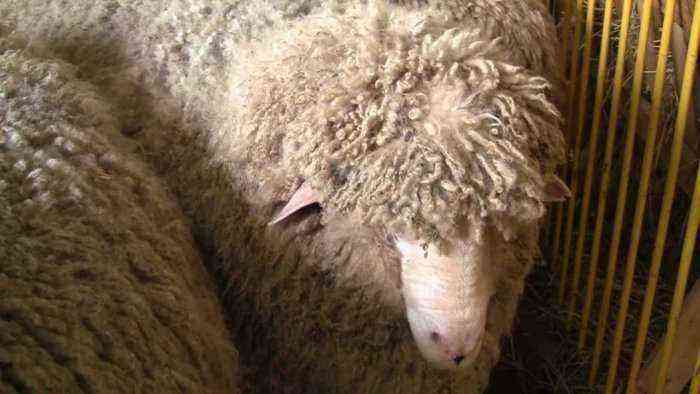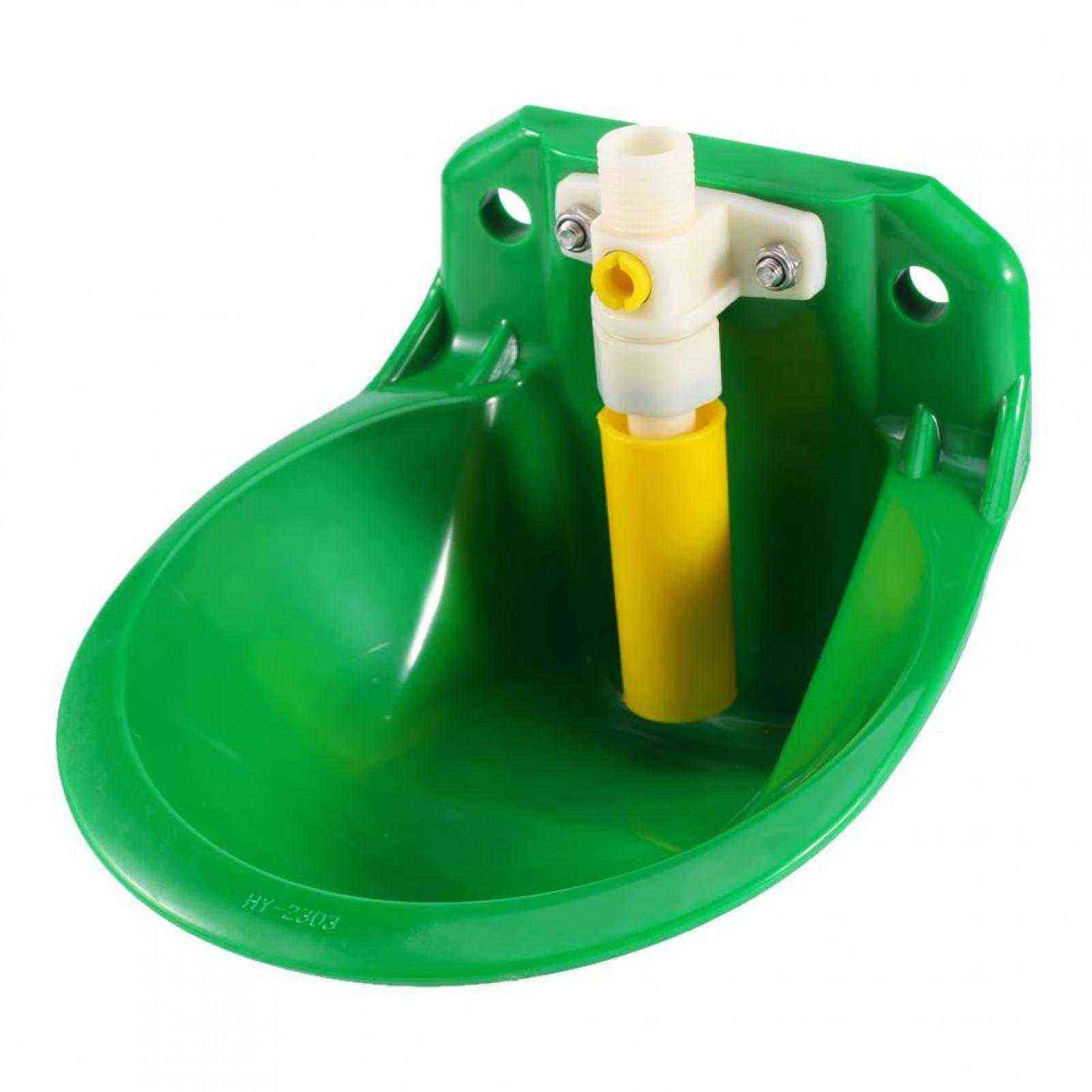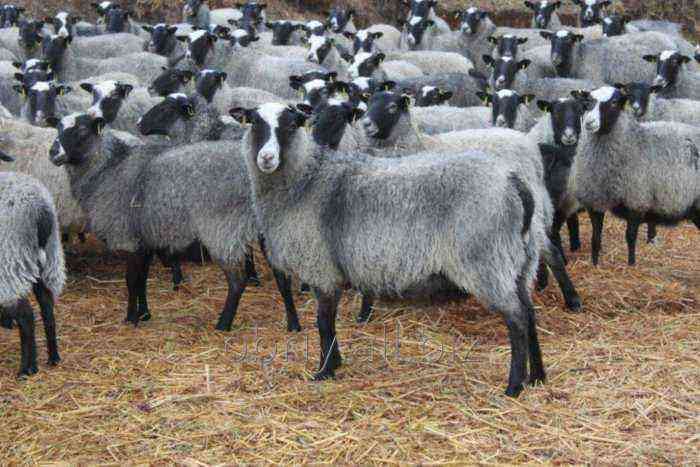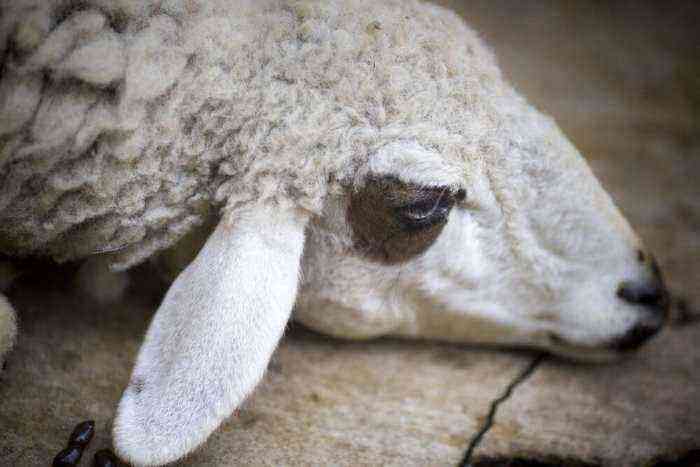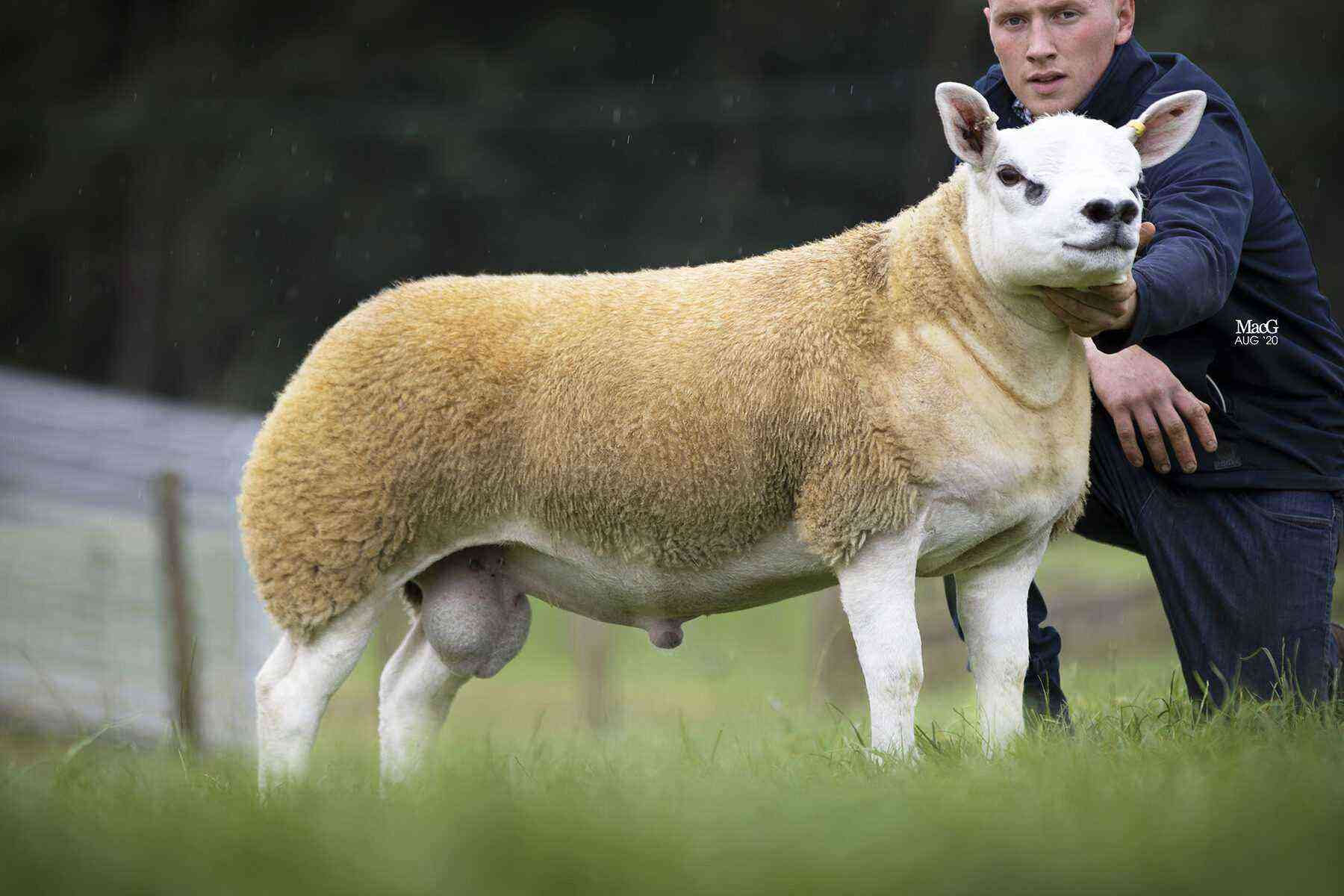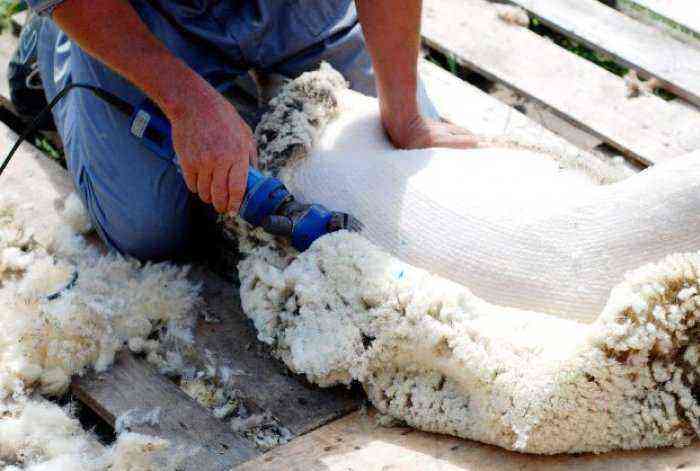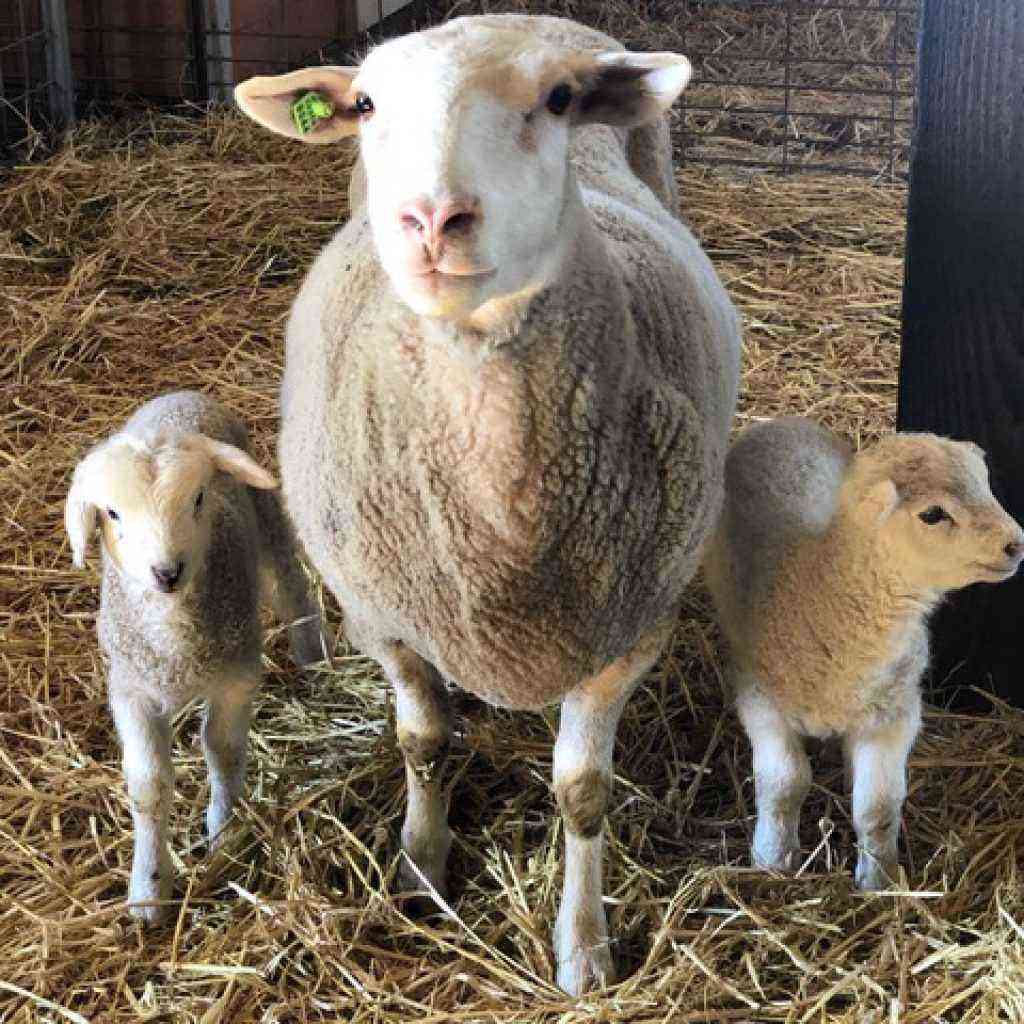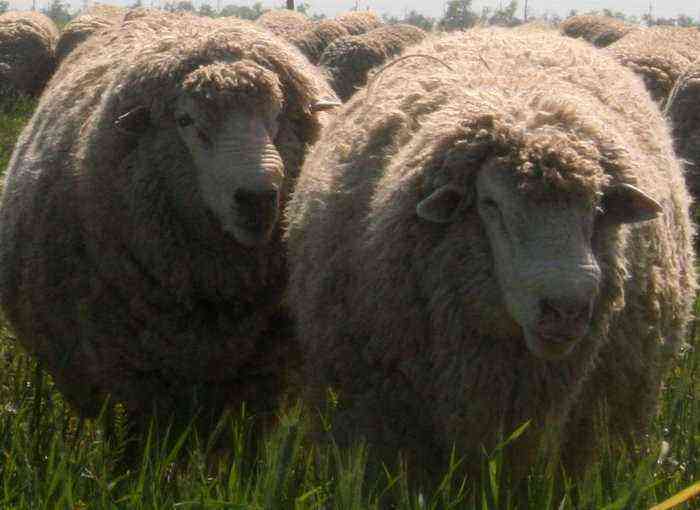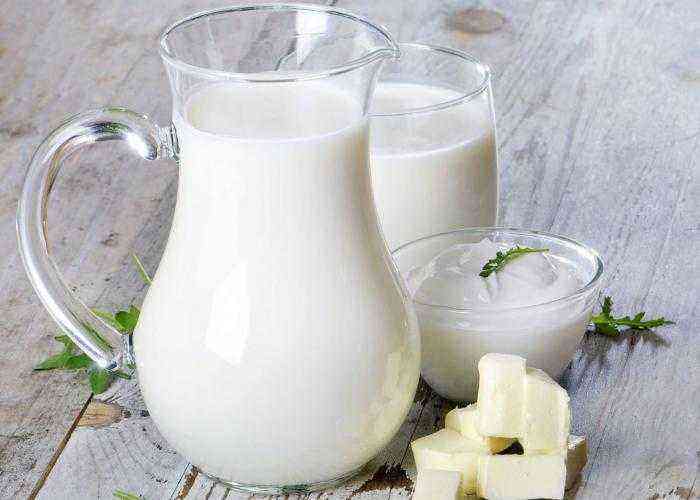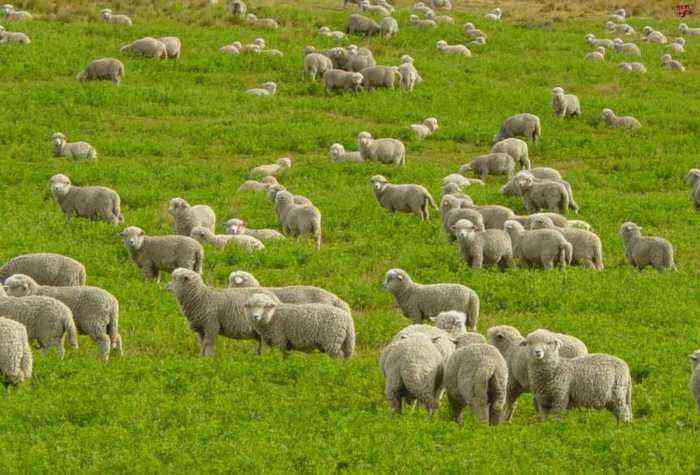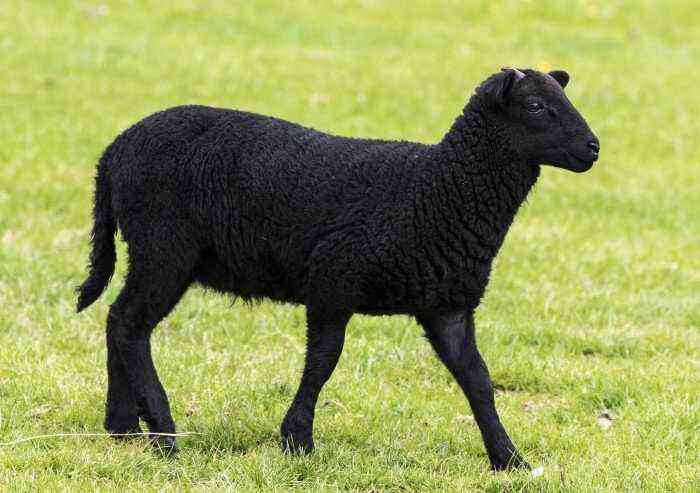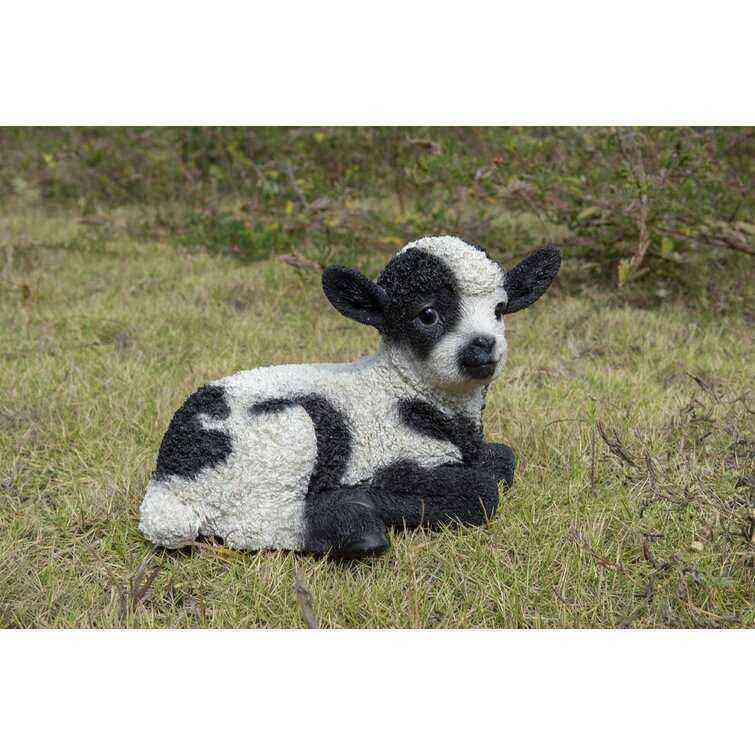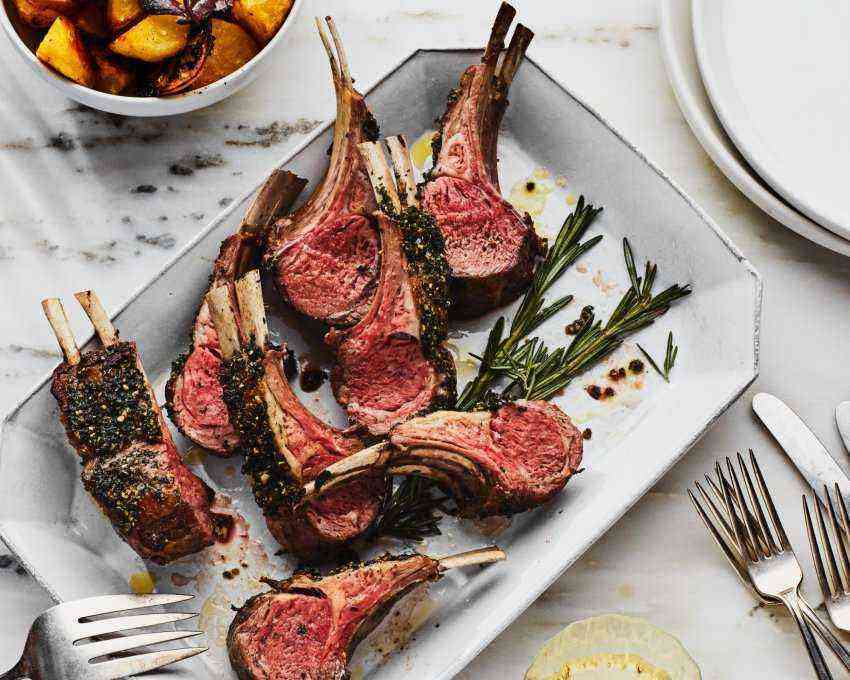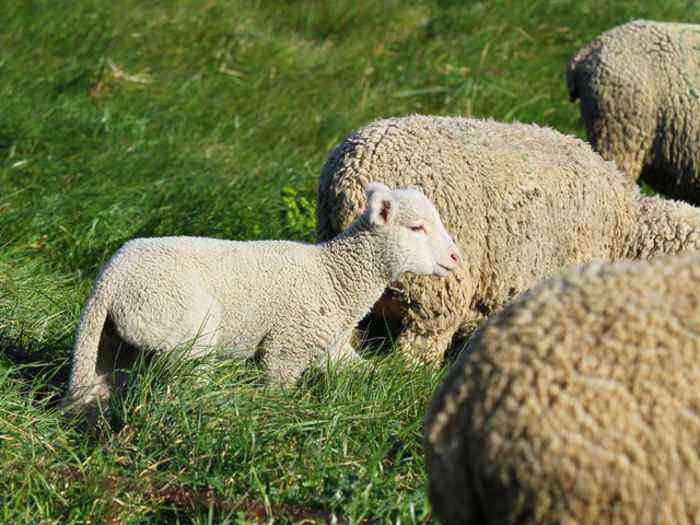Kalmyk fat-tailed sheep are animals belonging to a breed with an ancient history and many distinctive features. Before breeding them, it is necessary to study the characteristics and rules of care. You will find the necessary information for the breeder below.
Kalmyk fat-tailed sheep
The Kalmyk fat-tailed variety has a long history. The breed was bred for a long time, but it has retained its distinctive features to this day.
History of the breed
The history of the Kalmyk fat-tailed breed is closely connected with the history of the Kalmyks themselves. In the XNUMXth century, representatives of the nationality migrated from Central Asia, in particular, from Western China and Mongolia to the territory of modern Russia. The Kalmyks brought flocks of fat-tailed sheep with them. As they progressed, the animals mixed with local varieties. During World War II, animal husbandry in the Republic of Kalmykia ceased. Sheep and rams were taken to the western part of Kazakhstan and the Astrakhan region.
Did you know? In Madagascar, sheep are not eaten – according to local beliefs, the souls of dead people are infused in animals.
The modern Kalmyk fat-tailed breed was included in the State Register of the Russian Federation in 2012. To obtain the breed, breeders crossed females of the Kalmyk and Edilbaev breeds with Chinese Torgud rams.
The main characteristics of the breed
Fat tail breeds – a special type of sheep that has its own distinctive characteristics. The habitat, Kalmykia, endows animals with the features necessary for survival in this area.
Appearance and description
Adult sheep and rams – large tall animals. The head is massive, with long hanging ears and a hooked nose, located on a medium length neck. The females have no horns. Males are also mostly hornless, but up to 17% of males have undeveloped horn buds. The chest and back are wide, massive. legs developed,
strong.
Video: Sheep of the Kalmyk breed
A distinctive feature of fat tail breeds – fat deposits in the tail area, or fat tail. In the Kalmyk breed, the size of the fat tail is 10–20 cm wide and 13–27 cm high. Thanks to this part of the body, the variety belongs to the meat-greasy. In addition to the fat tail, there are also fat deposits on the thighs.
Did you know? Dolly the Sheep is the first cloned mammal.
Wool may have the following color:
- redhead;
- white;
- brown;
- brown;
- black;
- Gray.
The average weight of animals of different sex and age is shown in the table below:
Newborn lambs 5 kg One year old rams 35–50 kg One and a half year old ewes About 45 kg Adult females 50–90 kg Adult males 90–140 kg
The growth of lambs averages 400–500 g per day.
Performance features: wool, meat, milk
Kalmyk fat-tailed sheep produce meat, lard, milk and wool.
Productivity data for an average individual with a description are as follows:
Meat 51–53% of live weight The quality of meat in one-year-old lambs is higher than in adult rams and sheep. As it matures, the meat becomes coarse-fibered and more greasy Fat 16-17 kg Fat tail fat is tastier and more oily than domestic fat. The melting of lard from fat tail occurs at +35°C, the internal melts only at +49°C Wool 2–2,5 in females, 2,5–3 kg in males 70% of wool belongs to grade 3, 25% to grade 2 , 5% – to the 1st grade Milk 70–90 liters during the lactation period The highest milk yields are observed in the first 1,5 months after lambing. Milk is processed into cheese, cheese and other dairy products
Advantages and disadvantages of the breed
- The breed has many advantages, in particular:
- unpretentiousness;
- endurance;
- moderate fertility;
- rapid weight gain in young animals.
- Breeders also name three main disadvantages of Kalmyk sheep:
- low quality wool;
- deterioration in the taste of meat in adults;
- poor orientation in space.
Care
Kalmyk fat-tailed sheep are kept in breeding farms. Any farm building will do. In the common room for flocks, the temperature in the cold season should be within + 6 … + 9 ° С.
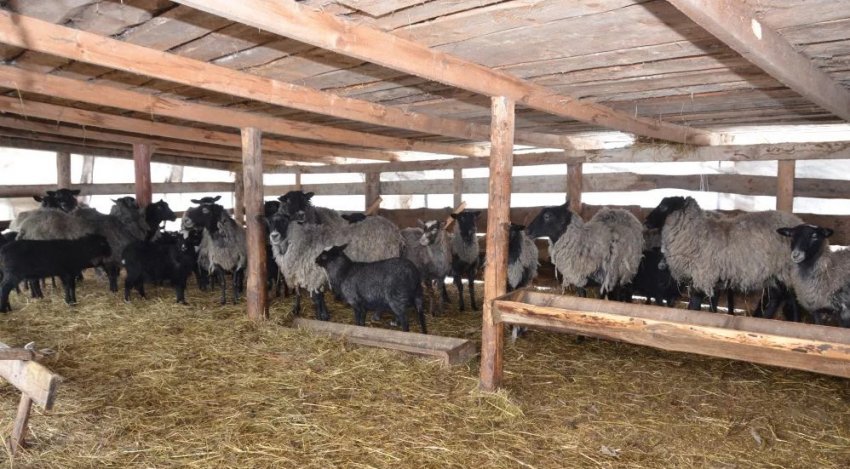 The breed is unpretentious – for breeding, it is only necessary to equip an insulated shed.
The breed is unpretentious – for breeding, it is only necessary to equip an insulated shed.
Compartments for pregnant and lambing queens are insulated to + 19 … + 21 ° С. The room must be dry with natural or artificial ventilation. Drafts should not be allowed.
Regular animal care includes:
- veterinary examinations 2-3 times a year;
- scheduled vaccinations;
- 2-3 hoof clippings;
- 2-3 swims during spring and summer;
- shearing wool in spring and autumn.
The basis of nutrition of the breed – pasture in the form of grass on pasture. In winter, when there is no access to green fresh food, the diet for one individual is approximately as follows:
- hay – 2 kg;
- concentrated feed – 700 g;
- succulent feed – 1 kg.
Kalmyk sheep, like other fat-tailed breeds, have high immunity. With proper maintenance and feeding, animals do not get sick.

Reproduction
To breed the breed, it is necessary to competently approach the mating of males and females, as well as provide comfortable conditions for lambing. Raising lambs is also necessary, taking into account some nuances.
lambing
The mating of Kalmyk sheep with rams is desirable to be carried out at the end of autumn. Yarki are ready for pregnancy at 7-10 months. When preparing sheep for mating, keep in mind that the interval between estrus is about 16 days, and its duration is up to 2 days.
Important! The performance of well-fed individuals is lower. Males and females with normal weight are allowed to mate.
Pregnancy of female fat-tailed breeds lasts 145 days. The average brood of a Kalmyk sheep is from 1 to 5 individuals. Most often, a female brings 2-3 lambs a year. Lambing occurs without difficulty.
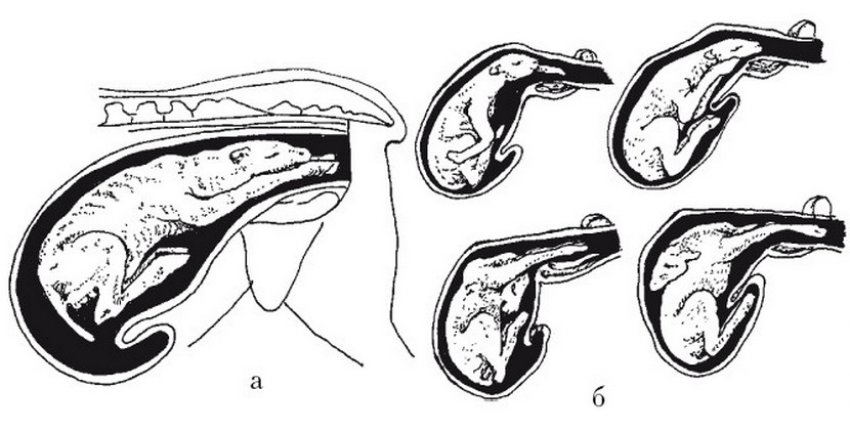 The position of the fetus during childbirth: a – correct; b – incorrect
The position of the fetus during childbirth: a – correct; b – incorrect
Most often, the farmer does not need to intervene in the process. After giving birth, you need to clean the muzzle of the lamb from the mucus, but you do not need to take the newborn from the mother.
Raising lambs
In the practice of Kalmyk farmers, there are isolated cases when the mother does not accept the lamb. If the female has more than 2-3 lambs or she did not accept the newborn, the cub is brought to another sheep.
The best option for a “foster” mother is a sheep that has lost a lamb or has given birth to no more than 2 individuals. If there is no suitable candidate in the flock, young animals without a mother are fed artificially with milk from a bottle with a nipple.
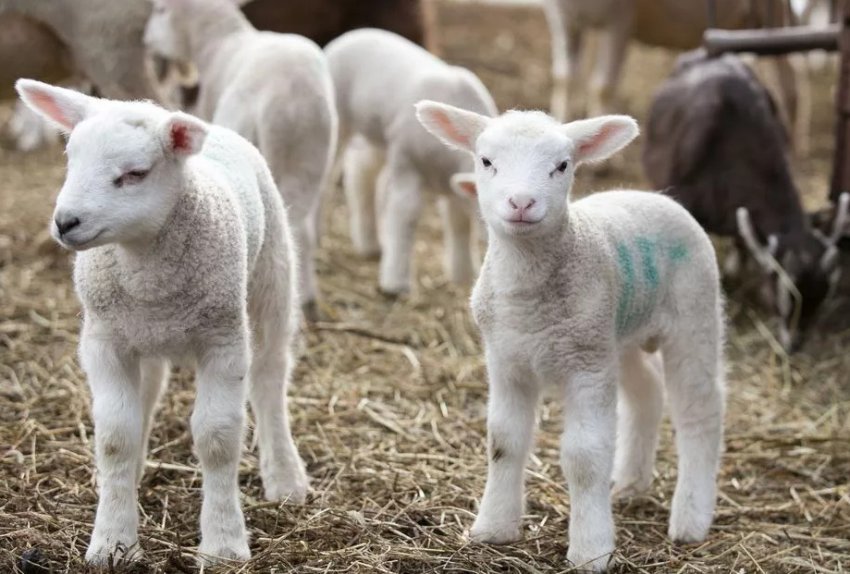 Kalmyk fat-tailed lambs are unpretentious.
Kalmyk fat-tailed lambs are unpretentious.
Being near the mother, the young begin to walk 2 hours after lambing. On the 3rd day after giving birth, the lamb already follows the herd. The lactation period lasts 6 months. Young growth on one mother’s milk by the age of six months is gaining weight up to 50 kg.
Important! Up to 1,5 months, the nutrition of lambs is exclusively mother’s milk. It is possible to accustom young animals to adult food only after reaching one and a half months of age.
Breeding area
The main habitat of Kalmyk fat-tailed sheep is the Republic of Kalmykia. The breed is also found on the territory of Kazakhstan.
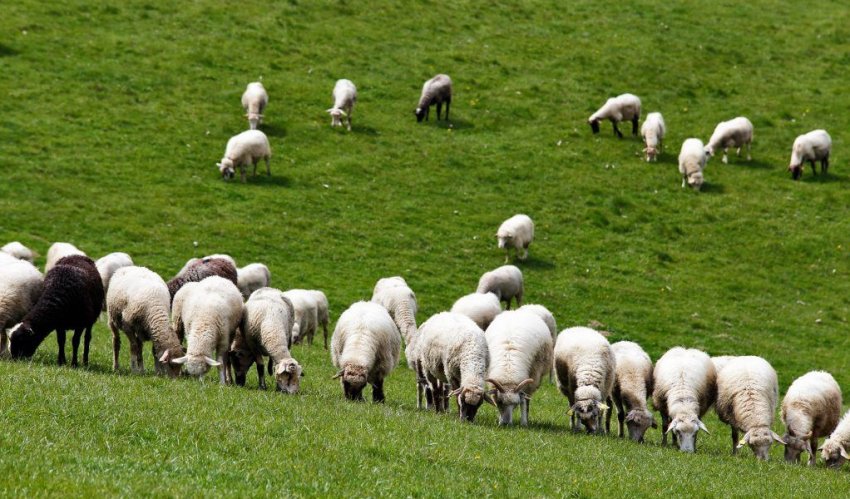
Kalmyk fat-tailed sheep are unpretentious varieties, however, without proper care, animal breeding is impossible. However, with a competent approach to cultivation, the breeder will receive a satisfactory result.

